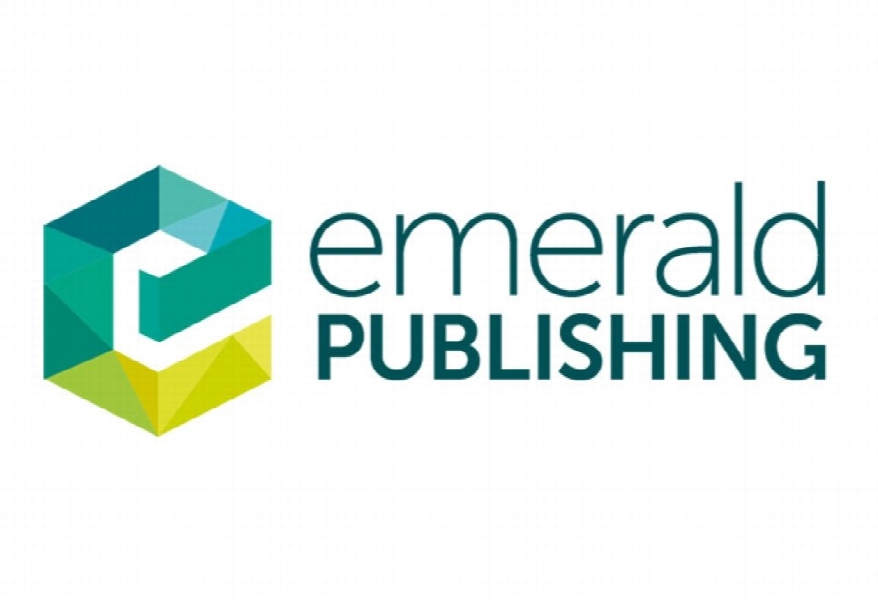تغییرات پیشرو از طریق طراحی انطباقی: مدیریت تغییر در دانشگاهی در یک کشور در حال توسعه Leading changes through adaptive design: Change management practice in one of the universities in a developing nation
- نوع فایل : کتاب
- زبان : انگلیسی
- ناشر : Emerald
- چاپ و سال / کشور: 2018
توضیحات
رشته های مرتبط مدیریت
گرایش های مرتبط مدیریت اجرایی
مجله مدیریت تغییر سازمان – Journal of Organizational Change Management
دانشگاه Bahir Dar University – Bahir Dar – Ethiopia
شناسه دیجیتال – doi https://doi.org/10.1108/JOCM-10-2017-0379
منتشر شده در نشریه امرالد
کلمات کلیدی انگلیسی Change, Adaptive leadership, Design thinking, Adaptive design
گرایش های مرتبط مدیریت اجرایی
مجله مدیریت تغییر سازمان – Journal of Organizational Change Management
دانشگاه Bahir Dar University – Bahir Dar – Ethiopia
شناسه دیجیتال – doi https://doi.org/10.1108/JOCM-10-2017-0379
منتشر شده در نشریه امرالد
کلمات کلیدی انگلیسی Change, Adaptive leadership, Design thinking, Adaptive design
Description
Introduction Change is an indisputable part of organizational life (Hatch, 2013). Organizations are functioning in unpredictable environments with constant changes (Cullen et al., 2013; Wainaina et al., 2014). Different scholars have tried to explain and classify these changes in different ways. The degree of change, focus, intentionality and response time are among the common methods. Increased globalization, rapid technological change, competition, changes in cultural values, more social responsibilities and environmental impacts propel the majority of these changes. These changes, in turn, necessitate adaptation and innovation (Sporn, 2001; Yukl and Mahsud, 2010). Therefore, to survive and thrive, organizations and leaders will have to be continuous learners and adaptive (Schein, 2010). As part of the larger system, higher education institutions (HEIs) are also undergoing a series of changes to guarantee their contribution and societal relevance (Temple, 2011). Including the above-mentioned causes, the pressures for change in HEIs may emanate from different angles. There are internal pressures like the wish to improve the quality of student learning, academic and supportive staffs’ development and/or the learning experience as well as external pressures due to governmental policies and programs. In addition, novel ideas may swap from one institution to another and may trigger changes. Institutional theorists attributed the change to “exogenous shocks” like a crisis, technological innovation and/or regulatory change (Hatch, 2013, p. 294). Woldegiyorgis (2014) and Gornitzka (1999) revealed the magnitude of governmental pressures—through the perspectives of resource dependency and neo-institutionalism. In developing nations, leaders and change agents adopt taken-for-granted practices mimetically (Woldegiyorgis, 2014). Accordingly, this environmental precariousness requires HEIs to develop their adaptive capability by fostering systemic change management approaches. Adaptability is an essential proficiency of organizations in a rapidly changing environment (Hamtiaux et al., 2013). We may find different definitions of adaptability (Ployhart and Bliese, 2006). For example, Cameron (1984) explained adaptation as a process whereby changes are instituted in organizations. It is also understood as the capacity for change in order to manage transitions at work as well as being able to manage effectively change-related stress (Heuvel et al., 2013). However, adaptations require displacing, reregulating, and rearranging old structures and cultural practices (Heifetz et al., 2009; Creyton, 2014; Sporn, 2001). Such changes may include changes in leadership, strategy, structure, technology, work processes and cultures of organizations. In the pursuit of understanding and enhancing adaptation, various scholars have developed different perspectives and recommendations. Doz and Kosonen’s (2008) fast strategy framework focuses on: strategic sensitivity (heightened strategic alertness, high-quality information, open strategy process), collective commitment of the leadership (top team renewal, working together as a team, shared agenda and mutual dependency, leadership style and capabilities) and resource fluidity (mobility of capital and people, modularity and resource access). Lehman (2002) also tried to examine the motivationa readiness, institutional resources, staff attributes and organizational climate. In addition, many scholars focus on individuals adaptability to enhance adaptation (Cullen et al., 2013; Hamtiaux et al., 2013; Sony and Mekoth, 2014; Tariq et al., 2011; Ployhart and Bliese, 2015; Wainaina et al., 2014).


